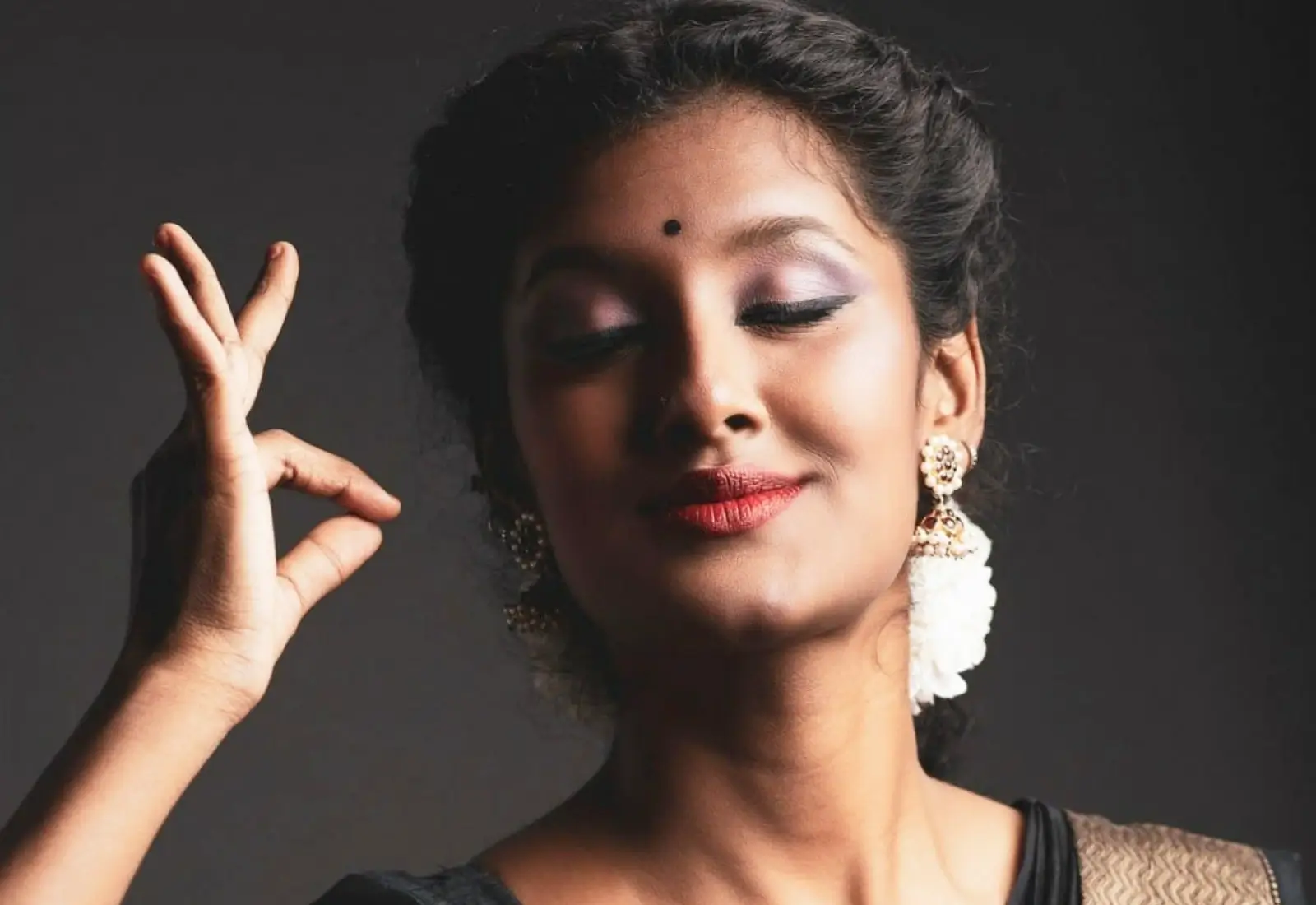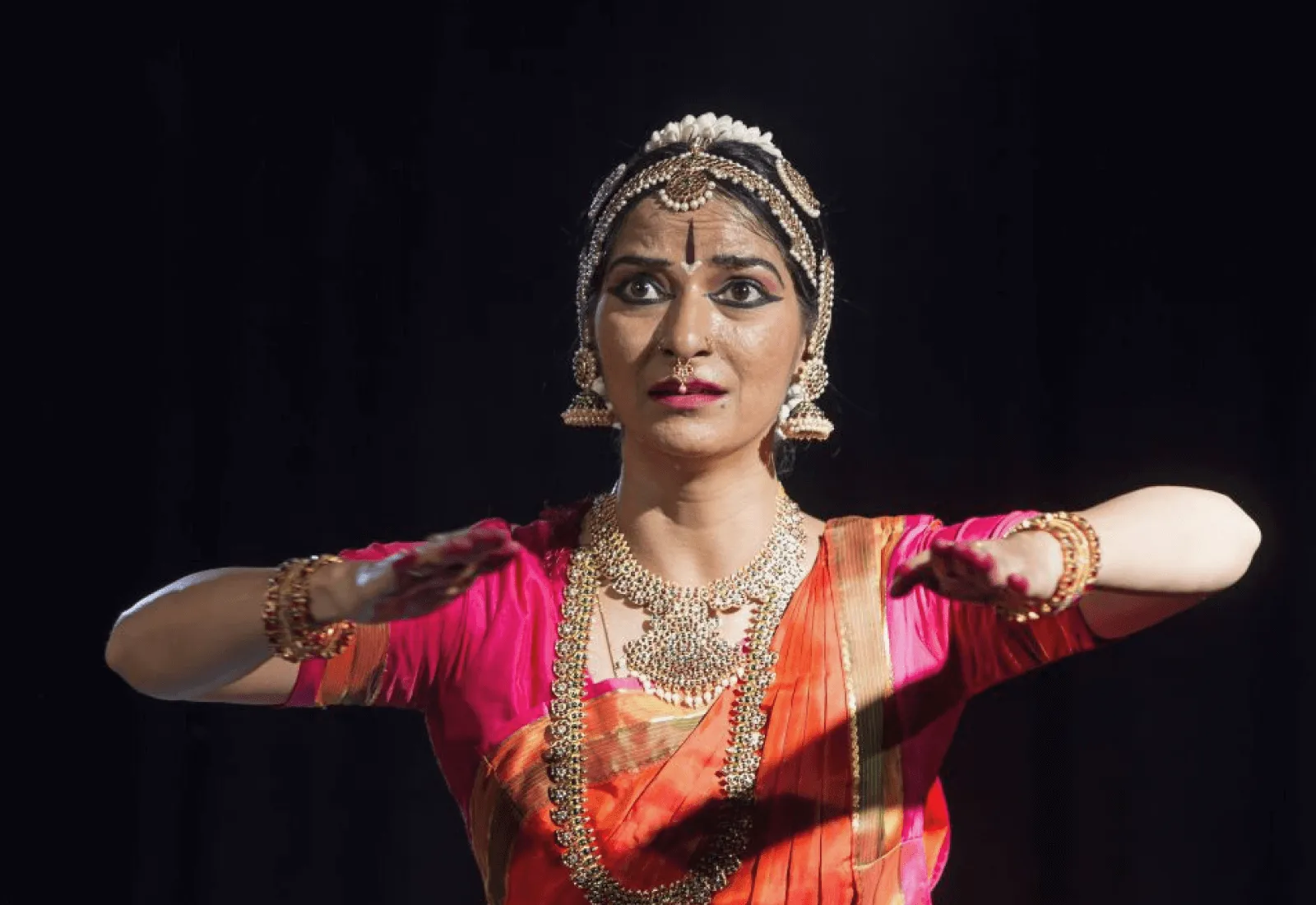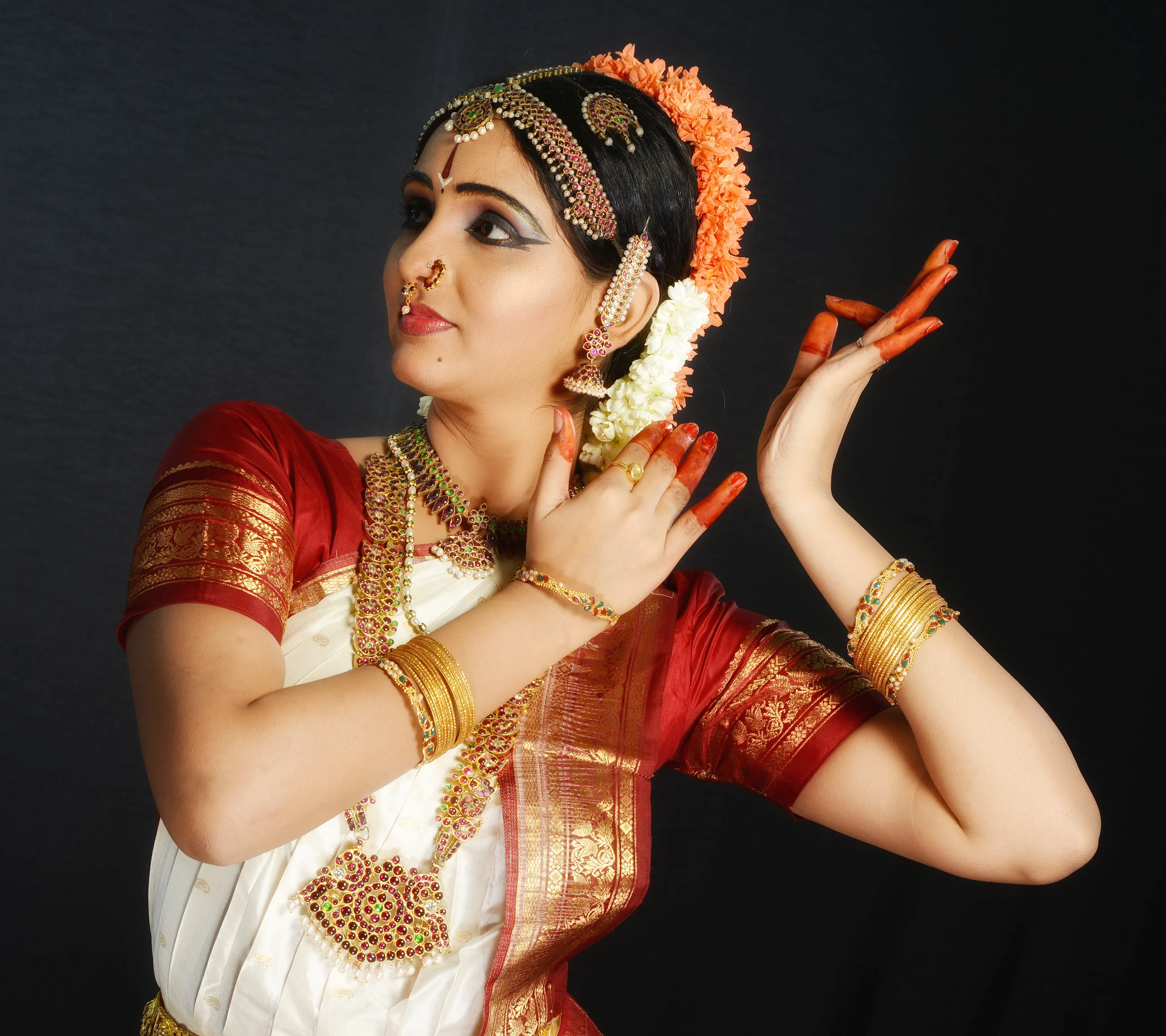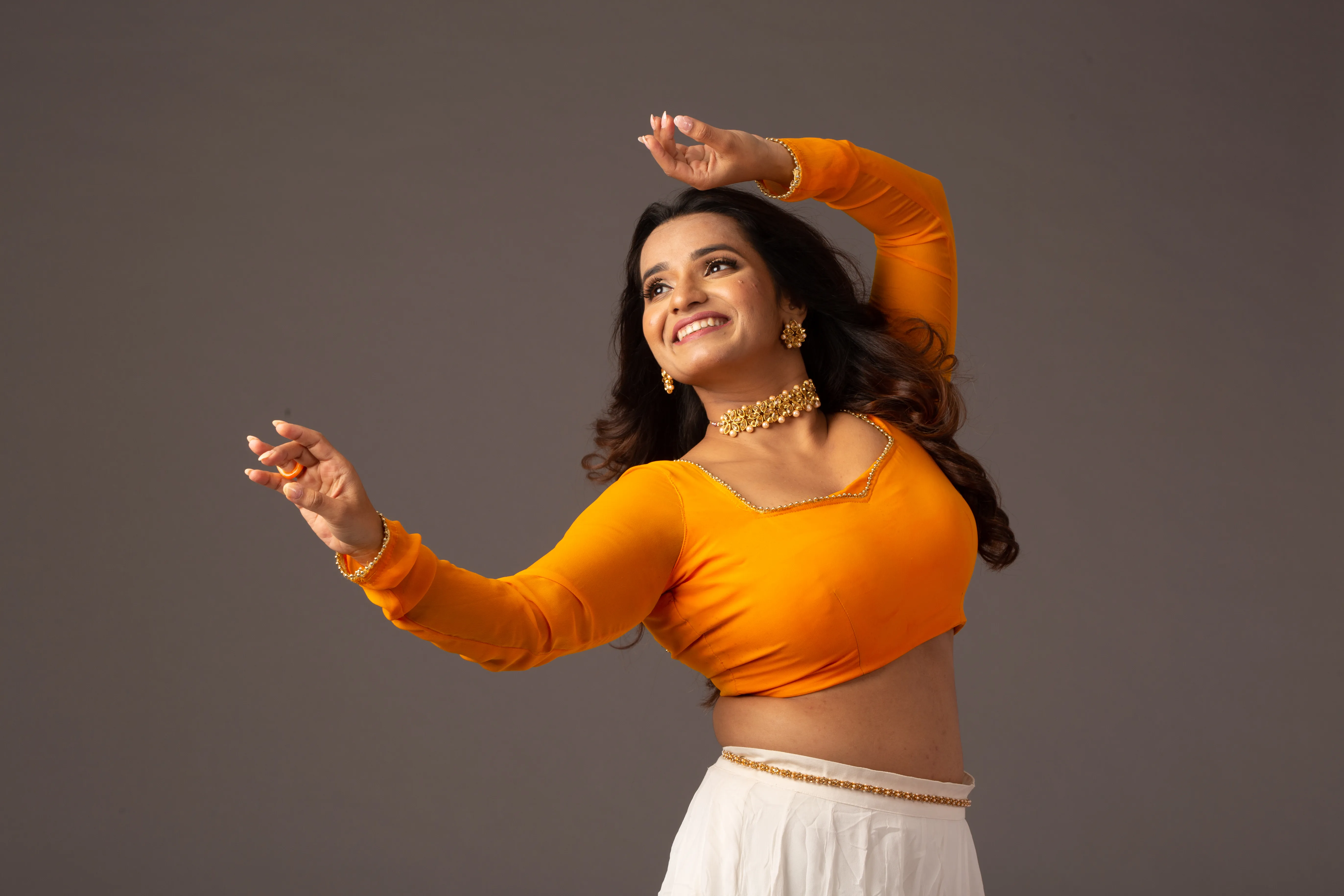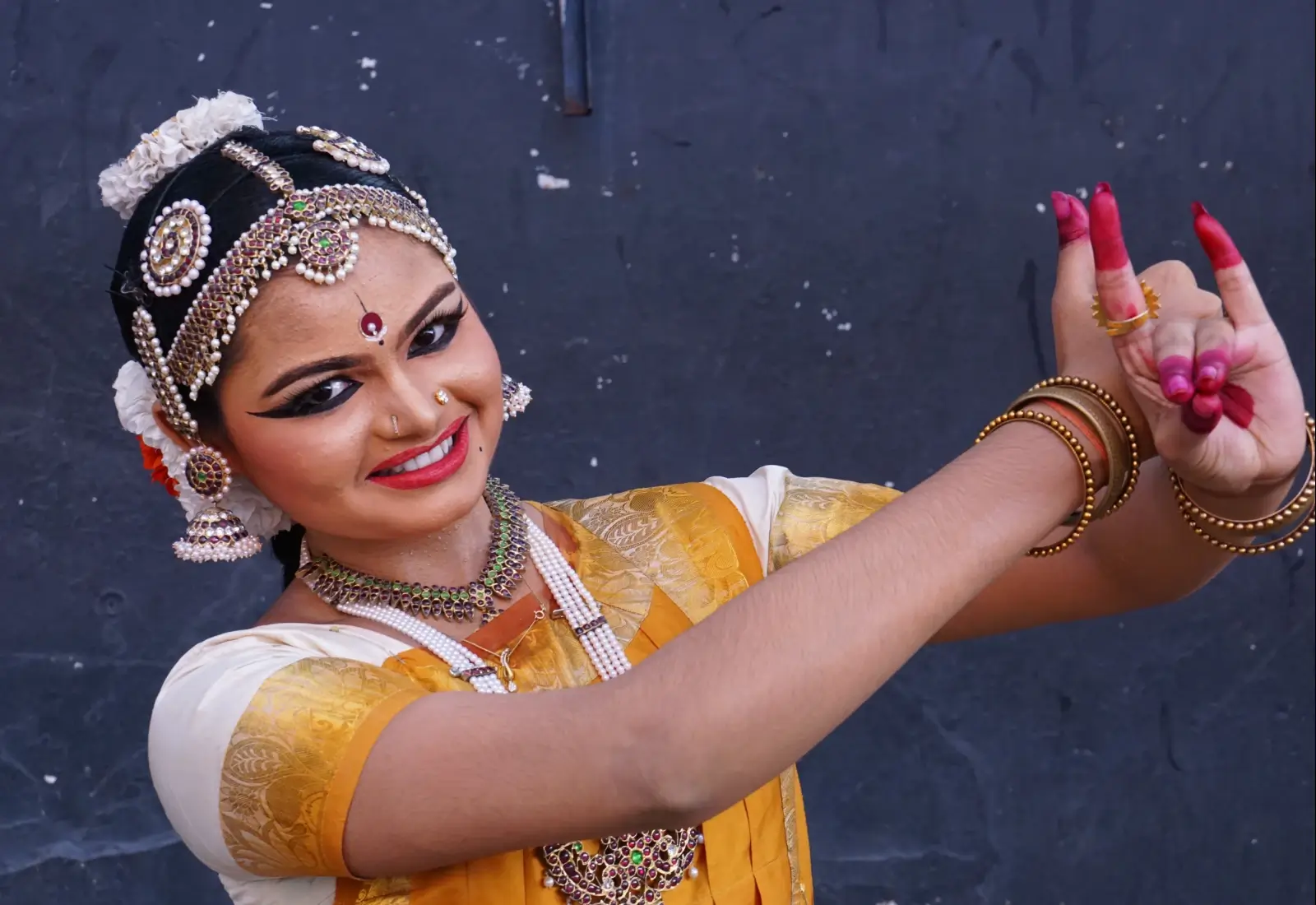How to Choose Salsa Shoes for Men and Women
Salsa is a dance of passion. It is magical! The dim lights, pulsating music, and the floor - everything vibing with rhythm! The scene comes alive when the dancers tip-toe under the spotlight.
Every step they take, every twist and turn, tells a story of rhythm and desire. It demands a certain degree of grace in every posture and gait. One thing that is as much a facilitator of Salsa's grace, passion, and magic as the dancer's skills is the Salsa shoes.
'Salsa shoes!!!' You may ask. 'The shoes do the Salsa or the dancers?'
Well, you dance with the shoes.
Err... but Salsa, you dance with a partner. It's a couple dance. Right!
True! But one hidden truth is that your Salsa shoes are your other partner.
The right pair of dance shoes is your ticket to moving with ease, style, and balance. Just like in salsa music, every beat has its purpose, each part of your shoe supports the way you spin, step, and glide across the floor. Picking the right salsa shoes not only ensures comfort. It also keeps you grooving safely. It helps your body to flow with the music while maintaining a perfect dance posture.
Whether you're a beginner or a pro, finding the right shoes is essential to your salsa journey. Step into your best dance form and let your shoes support every move—because in salsa, every step matters!
Significant Features of Salsa Dance Shoes
In salsa, your shoes don’t just support your feet—they amplify your movements. They enhance your balance, grace and style make every dance breathtaking. Let's dive into the essential design differences between men's and women's salsa shoes. From heels to toes, each detail is finely tuned to support the unique needs of each dancer.
Heel Height and Design
The heel height and design of salsa shoes play a vital role in enhancing performance. Salsa dance involves intricate footwork, weight shifts, and body movements. The shoes have to provide balance and comfort.
Heel Height
Lower heels (1-1.5 inches) offer increased stability. They are ideal for dancers focusing on control, precise footwork, and grounded movement while maintaining a proper balance. Lower heels are often recommended for beginners who are still developing confidence and control in their movements.
Medium heels (2-2.5 inches) provide a balanced option for dancers who want a blend of stability and style. This height is often chosen by experienced dancers who are comfortable with movement on elevated heels but still need some degree of grounding. The medium height enhances the dancer’s line, elongating the leg and adding elegance without being too challenging for prolonged dance sessions.
Higher heels (3 inches and above) are usually picked by experienced dancers who have mastered balance and control. They are able to shift the weight forward, requiring more core and ankle strength. However, high heels may increase the risk of strain for those unaccustomed to the elevation, so they’re often used for performances or by advanced dancers.
Heel Design
Flared Heels
Flared heels, with a slightly wider base, are popular for their enhanced stability. The added width at the bottom of the heel helps an even distribution of weight. , making it easier to maintain balance during spins and rapid footwork. Flared heels provide dancers with a good mix of style and support. This makes them a common choice for both social dancing and practice.
Stiletto Heels
Sleek and narrow, stiletto heels are primarily chosen for their elegant appearance. They provide minimal contact with the floor, which can add a level of visual finesse and accentuate leg lines. However, stiletto heels can be more challenging to balance on and require precise control. Hence, they are generally favored by advanced dancers.
Cuban Heels
Cuban heels are slightly thicker and shorter, with a solid and stable design. This type of heel is ideal for dancers who prioritize grounding and stability. The Cuban heel provides a sturdy base that supports complex footwork and directional shifts. It is a good option for dancers seeking both comfort and control without sacrificing style.
Sole Material
Salsa shoes are crafted with soles as specialized as the moves they support. Suede soles support smooth, controlled spins and flawless gliding on the dance floor. This soft material delivers just the right grip, especially for indoor dancing. It makes it a popular option for women’s shoes, where swift movements are key.
Leather soles, however, bring durability and a bit more resistance. They are perfect for dancing on varied surfaces, such as at social events or outdoor gatherings. Men often gravitate toward leather soles for their sturdiness. It allows them to add power and sharpness to their footwork, and a better control.
Toe Design
Toe designs for salsa shoes come in two designs - open-toe and closed-toe. Toe design in salsa shoes isn’t just a style choice. It shapes movement and supports the flexibility dancers need.
Open-toe designs allow for more flexibility in pointed movements. It also elongates the line of the foot, adding a touch of elegance. The open toe is perfect for accentuating every step, every pointed toe, and every spin.
Closed toes provide added protection during vigorous footwork. They ensure every step stays clean, strong, and confident, even in the most dynamic routines.
Fit and Comfort
In salsa dancing, fit is everything. Proper support around the ankle prevents strain and injuries, making it a must for both men’s and women’s shoes.
Women’s salsa shoes often include extra padding around the arches to counterbalance the height of the heel. This allows for comfortable movements even during prolonged performances. For men, the snug fit around the ankle supports rapid footwork and stable pivots. Across all styles, finding the right fit ensures that the shoe becomes an extension of the foot. This allows the dancer to focus entirely on the music, the movement, and the connection with their partner.
Also, read - Salsa Dance - Overview, History, Features and Performers
How to Choose Salsa Shoes for Women
For women, salsa shoes are about more than just style—they play a vital role in balance, flexibility, and stability. Here are some key factors to consider when choosing the perfect pair:
Heels
For women, salsa shoes typically come with a heel height of 2-3 inches. These heels do more than just elevate. They define the posture, support hip movement, and bring out the sensuality of each step.
From stilettos for dramatic flair to flared heels for balance and stability, women’s salsa shoes offer options that can match every dance style and comfort level.
Beginners may find the flared heel ideal for grounding and stability. Experienced dancers might choose stilettos or Cuban heels. These styles help to shift weight in ways that enhance body flow and hip isolation. It helps to make every movement stay sharp, strong, and alluring.
Sole Material
Sued is the perfect accompaniment for women as it supports easy slides and sharp turns. It helps to maintain balance allowing dancers to maintain control while also ensuring that turns are smooth and fluid. Suede soles are particularly effective on hardwood floors. They provide enough resistance to keep movements clean without the sudden stop that rubber or any other sole material might cause.
The suede is soft and flexible, molding slightly to the foot over time. It enhances comfort and allows for greater ease in bending and pointing the toes. All these factors make the sued soles the ideal pick for women.
Open Toe for Women Salsa Dancers
Women are found to be gravitating to open toes for flexibility and freedom in toe movements. This design enhances the aesthetic appeal of movements and supports articulation in the toes, helping achieve a fluid line in the feet. These are ideal for the women Salsa dancers who execute spins and pointed steps. The open-toe styles can make these moves feel more natural and visually appealing.
Strap Support
Adjustable ankle straps are crucial, particularly for shoes with higher heels, as they provide security and stability. Ankle straps help keep the shoe firmly attached to the foot, preventing slips and reducing the risk of injury. Look for options with strong buckles or wrap-around straps for added stability, especially if you’re a beginner still mastering control and balance. Ensuring a secure fit will allow you to move confidently, bringing out your full expression in every step.
How to Choose Salsa Shoes for Men
For men, finding the right salsa shoes is key to mastering footwork, maintaining stability, and moving with confidence. Here are some essential factors to consider:
Heels
Men's salsa shoes are all about grounded support and control. With a lower, often block-style Cuban heel, these shoes provide stability. It makes it easier for men to execute precise footwork with strength and finesse. The heel height is subtle but purposeful. They are designed to keep the dancer connected to the floor and to bring intensity to every step without sacrificing balance. This design enables men to move with both agility and power, channeling each beat directly from foot to floor.
Material and Durability
For men who practice frequently and in various settings, leather soles are highly recommended. Leather provides more durability than suede and offers the versatility needed for dancing on different surfaces, such as wood or concrete floors. Leather soles also handle the demands of social dancing well, offering a balance of glide and grip. However, if you’re dancing primarily on indoor, smooth floors, suede soles may work better as they allow for smooth turns and faster pivots.
Fit and Comfort
Salsa shoes should fit snugly but comfortably, supporting both the arch and ankle. Choose a size that feels secure, without pinching or excessive looseness, as improper fit can lead to blisters or ankle strain. Arch support is especially important, as it prevents fatigue during long dance sessions and helps distribute body weight evenly. Trying out different brands or styles can help identify the right fit for your foot shape, enhancing both comfort and performance.
Concluding - Features of Shoes to Dance Salsa and How to Choose
With the right shoes, every dancer can bring out the passion and energy to their performance. Let these design elements guide you to the perfect pair. It will not only enhance performance but also celebrate the fiery essence of salsa in every step!
If you are a Salsa dance enthusiast who is looking for a good mentor, you could explore online Salsa classes.


